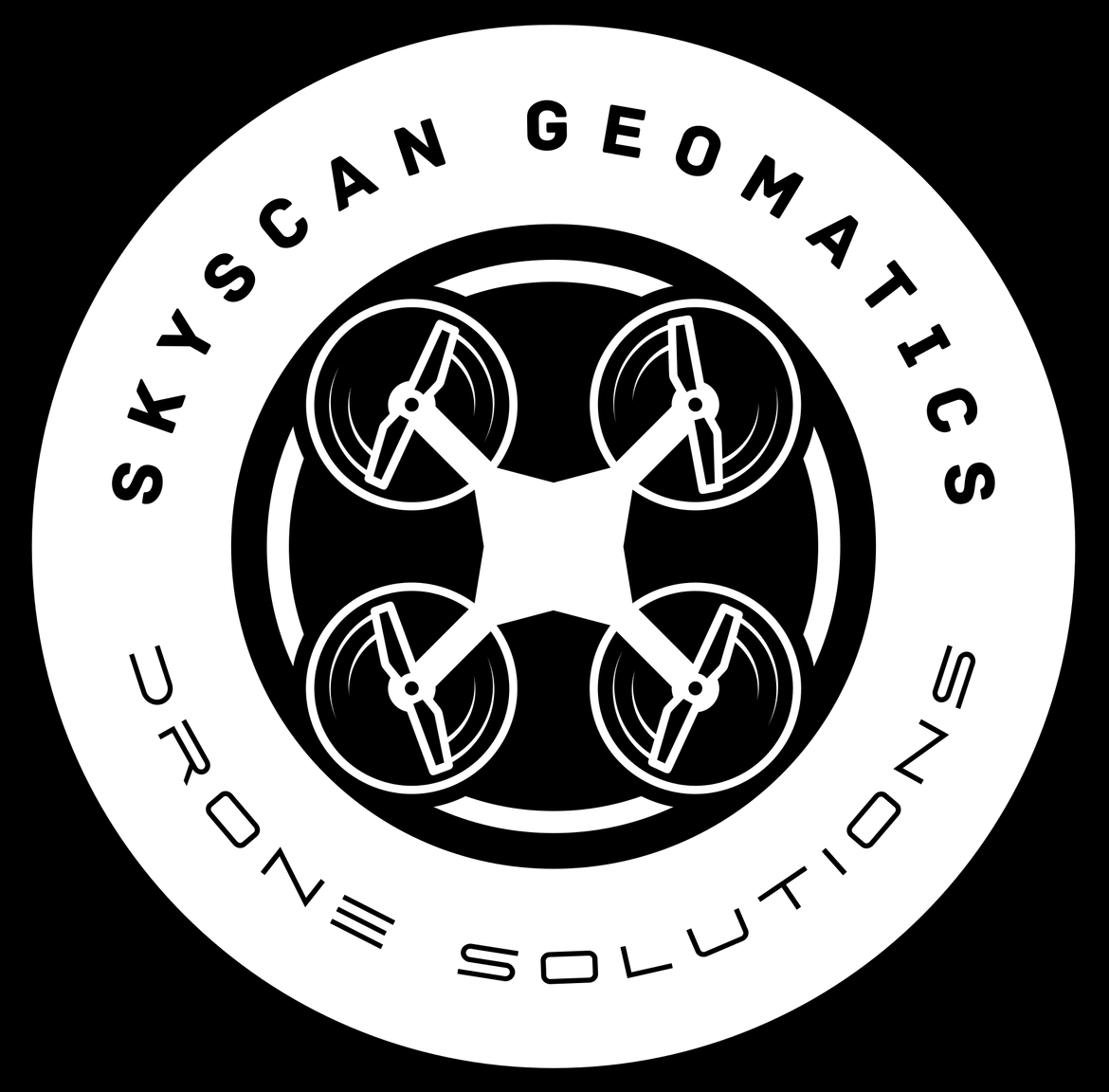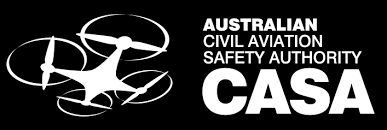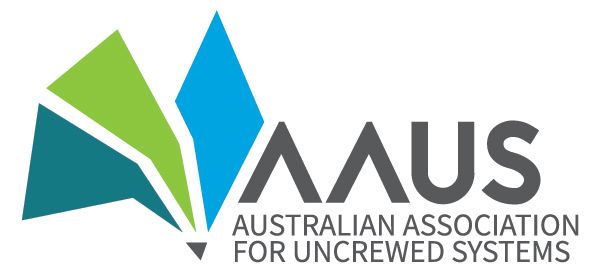Drones Are Revolutionising Safety and efficiency in a multitude of Industries
Drones are delivering economic, social and environmental benefits for Australian Businesses with new cost-effective and efficient methods for capturing Aerial Data. Drones are being used in a range of industries across Australia some of there uses are below.
DRONES IN CONSTRUCTION
Drones Have become an essential tool in the construction Industry.
- 3D Models (Accurate up to 1cm)
- Projection of future plans on current image: Architects can view their designs and models in 3D, leaving less to the imagination and providing a superior product to showcase to clients
- Boost your portfolio with stunning centerpiece 3D models
- An exciting and visual method of showcasing progress to the clients who may not be able to go to site
- Volumetric Measurements: Measurement of stockpiles, such as sand and gravel, for more precise and exact volumes
- Cut and fill analysis: Determine progress with site balancing with a visual 3D model of the earth above and below the final grade
Surveying Land
- Reduce the labor and time required for collecting data for land surveying and monitoring
- Allows surveillance of greater detail, including detailed variations in dirt patterns
- Vector Overlay: Overlay of site design and line works with drone imagery to detect potential clashes, site accuracy and catch mistakes
- Access to areas that are dangerous for people or difficult to access for traditional vehicles
Surveillance and Safety
- Live Stream: surveillance of multiple sites without the need to relocate - Track the construction site with greater frequency and degree of accuracy and precision unknown in the industry
- Structural inspection in a safer and more time-efficient method
- Safety: Accessing areas too dangerous for workers, better surveillance as the eyes are in the sky – on level with works in high areas
- Building inspection, in combination with 3D imagery technology, allows for real time monitoring, as well as projection of future plans on current images to gauge progress
- The intelligence allows construction companies to more efficiently deploy resources around a job site, minimize potential issues, trim costs and limit delays
- Save time in data collection with drones so that you can focus on making the important decisions
- Thermal Inspection: Help to detect leaks and cracks in buildings or damage to infrastructure
- Integration with other vehicles on large construction sites as a means of traffic direction and sending models of the landscape to the vehicles
3 WAYS ARCHITECTS & ENGINEERS GET VALUE FROM DRONES
1. Annual or ah-hoc Inspections
Early adoption of drone photography for inspections has been observed particularly for:
Roofing, facades, walls
Bridges
Communications towers
Microwave radio towers and sites: obtaining a ‘line of sight’
Water or gas pipelines
Power lines (thermal imaging for hot spots)
Road and rail
Water damaged or post-disaster inspections
For buildings, the increase of building height in Australia's cities and suburbs and contractual obligations for maintenance and pre-purchase due diligence reports are fast making drones an attractive option. Drones allow for inspections through aerial photography of the most challenging roofs and buildings without the architect inspector leaving the ground. Whilst the drone is up in the air, the architect can view the footage via a tablet, and takes photos of the roof and the building (façade, roof, dilapidation survey etc.).
You can zoom in specifically on defects such as cracking, corrosion, storm damage, guttering and facades. This has added a major safety factor to building inspections as well as eliminating traditional manual inspection processes such as hiring access equipment and scaffolds to gain access, which can cost thousands of dollars a day.
2. Replicate the view for a proposed site development
Drones are also used on vacant sites to fly up and get 360-degree shots to replicate what the view will look like from predetermined heights/levels of the proposed structure/building.
3. Constructing 3D models of structures
E.g. point cloud of a building, or 3D models of communications towers
6 WAYS MINE SITES, LANDFILL & QUARRIES USE DRONES IN 2024
1. Get volumes faster and safer
Stop sending staff out to walk stockpiles and reduce the number of field surveys required to validate them. A drone operator will get volumes quickly and safely through aerial photography and then allow you to do comparisons from previous surveys. Drone survey can also identify areas suffering from uneven settlement.
2. Monitor site progress & spot deviations
Use drone photography data to create spatially accurate maps and models that you can overlay with design files to ensure work is progressing to plan and that deviations are identified and rectified early.
3. Improve blast planning
Good site surveys by drone and bench level plans can improve blast results and significantly reduce drilling and blasting costs for quarries and mines.
4. Get more frequent airspace calculations
Use the detailed elevation data to quickly calculate your sites total airspace. With drones making frequent flights affordable, you can also compare volume changes over time. Identify areas suffering from uneven settlement. Other information such as ground water monitoring well locations can be overlaid to give a full picture of site infrastructure.
5. For compliance reporting
Hire a drone operator to create a highly accurate map of your site which you can overlay on a landfill design to ensure you are keeping within the approved limits. Inspect for erosion, fence line conditions, vegetation coverage, groundwater and other physical aspects of your landfill site.
6. Finally, giving site managers access to the models
After the drone has landed and the data is taken out of it, various platforms such as Propeller and Arc GIS can be used to stitch the aerial photography and process the data to deliver 3D terrain models. Outputs are geo-referenced and ortho-rectified, meaning measurements and calculations can be taken directly from them - distance, area and slope calculations right up to stockpile volume analysis, sight lines or watershed runoff simulations.
The images are then combined into a single Orthomosaic image of the entire area. These maps offer greater detail than traditional satellite or manned aircraft as drones can fly at a lower altitude with higher resolution cameras.
With the data we collect, we are able to create Digital and Topographic maps for your project area.
Regarding the mining industry, we can also create 3D mapping of mine surroundings, ore control, rock discontinuity mapping, post blast rock fragmentation measurements, and tailings stability monitoring, among others.
Aerial Survey Data Capture
Using Photogrammetry and Real Time Kinematics (RTK), we can capture and deliver data of your location with centimetre accuracy. This can be shared with key stakeholders on your project, with the data being suitable for land surveys and site planning tasks after being imported into your project management software and/or CAD software.
This service is particularly useful for Aerial Asset Inspections, with the outcome resulting in a digital record of “as built” and/or construction sites in progress. It is essential for all involved to remain on top of information related to the site and any potential issues that may arise throughout the duration of the project.
Stockpile and Infill management
All Industries that have Stockpiles of products such as Soil, Rock, Mined Ores, Grains, Overburden or any other medium including waste materials are measured in pre determined time intervals by many industries.
It is extremely important to enable informed decisions making and accurate management of the materials. Our process using photogrammetry software enables an accuracy within 1 to 2% and in less time and cost than traditional ground based laser measurement methods whilst minimising down time. The same process can be used to measure excavated or uneven ground and determine how much infill may be required to create the desired infill outcome i.e. create a level project site, raise an area, infill footing excavations or rehabilitation of excavated exploration or mining activity.
To access a comprehensive range of professional aerial drone data collection services, reach out to our team at Skyscan Geomatics today by calling 0427 009 047.
Copyright © 2023 Skyscan Geomatics, All rights reserved.



